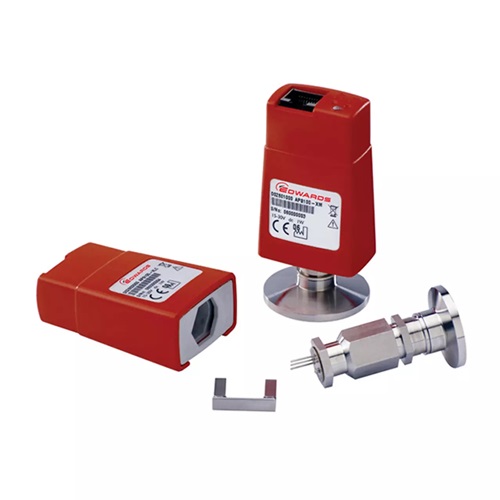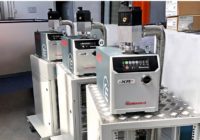Vacuum gauges have historically been developed in parallel with the development of vacuum pumps. The measurement of pressure is important for many reasons ranging from characterising the state of a vacuum environment to integrating pump-down routines, interlock, and process controls and even for safety.
What should I consider when choosing a vacuum gauge?
The discipline of vacuum is almost unique in having a dynamic range of 15 or more orders in its application. As with pumps, there is not one gauge mechanism that can span this range. There are many additional aspects and variables to consider when choosing a gauge. These include:
- technical parameters such as accuracy/uncertainty (the range of systematic error)
- precision (the level of random error)
- resolution
- measurement range
- linearity of the output
- reproducibility
- robustness (process compatibility, radiation, and magnetic field resistance)
- response time.
Additionally, size, communication protocols, and cost all have a bearing on the choice.
Two main type of gauges
1. Direct reading or mechanical gauges
Direct reading or Mechanical gauges are so called because they measure pressure ‘directly’ as the force per unit area (of a solid or liquid area). These are ‘Total’ (Dalton’s law: The total pressure of a mixture of gases = ∑ partial pressures of each gas) pressure gauges and include U-tube and capacitance diaphragm manometers and bourdon gauges.
2. Indirect gauges
Indirect gauges are often the most practical and employed gauges and measure a pressure dependent physical property of the gas, for example thermal conduction or viscosity, or a physical quantity which is proportional to number density. These Total Pressure gauges include Pirani, Bayard-Alpert Hot Cathode Ionization (BAG), Penning and Spinning Rotor Gauges. Partial pressure gauges (Residual Gas Analysers) with reliance on ionization can be used to analyse the relative constituents of a vacuum.
For a more in-depth study see the paper ‘Gas correction factors for vacuum pressure gauges’ and the full application note linked below.



